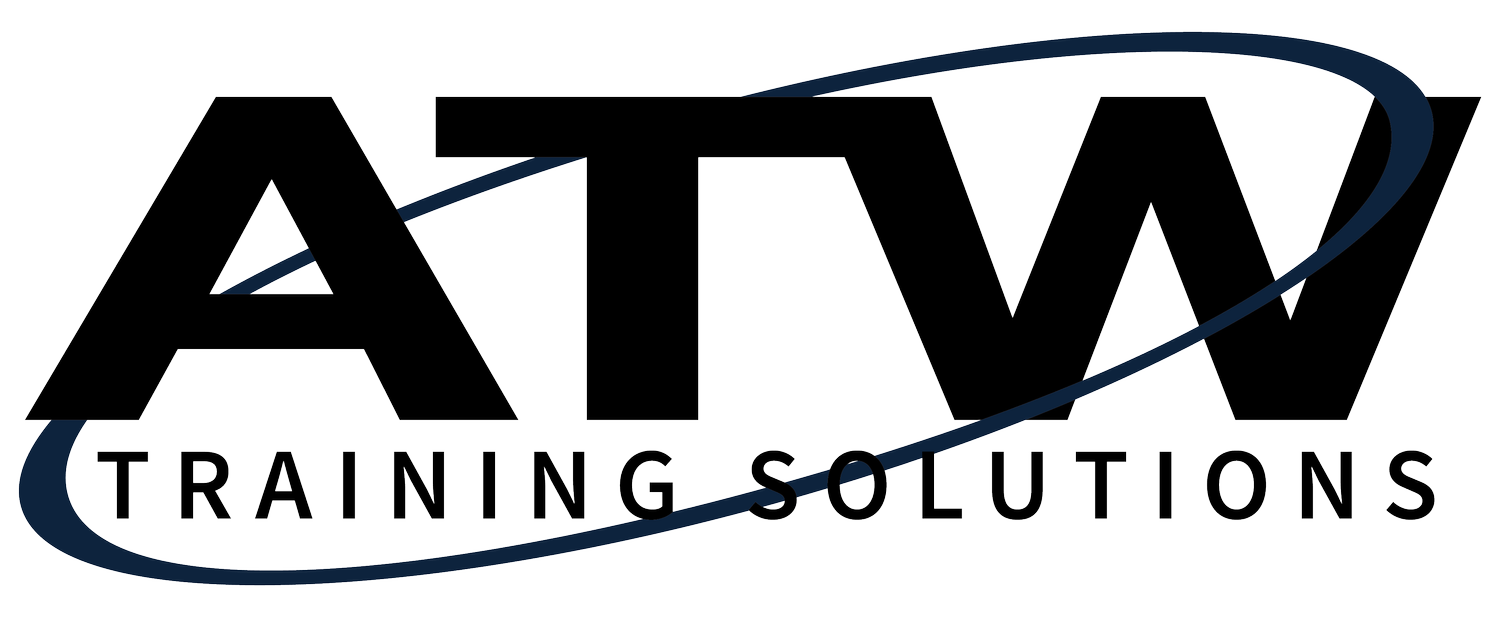On-the-job Training: After Training
Let's continue with the final step in our model for successful on-the-job training. We have responsibilities before, during, and after training. Let's explore how to evaluate the results after training.
Don't back away immediately and completely after training. You have an ongoing role. You'll need to check back to evaluate the learner's progress and to follow up to determine what help is needed for the learner to develop mastery. Your training is the first link in a longer on-the-job training experience. For example, feedback will be needed for a time while a learner develops both competence and confidence in the skills. Reinforce what they are doing well. Be specific with your feedback. What gets reinforced will get repeated. You mightsay in the moment you observe the behavior, "Tyrone, that's awesome work. You followed the standard operating procedure just as we did in training. Effective, efficient, high quality. The end product is exactly what we want. Keep it up."
Feedback to redirect learner efforts will also be needed, of course, if they aren't doing it well. Again, be specific in your comments to get the learner back on track. Let's try that out. Again, in this case, I'm giving feedback in the moment. "Tyrone, remember in the SOP, we have a quality check on materials before we start the line. I didn't see you do that. You'll want to pay close attention to that going forward. Our high quality end product is very dependent on high quality raw products starting the process."
People learn from mistakes, but only if they have help to know what to do correctly. Make certain that mistakes are not detrimental to the person, the process, or the customer. At times, you may need to step in and intervene when the learner isn't performing a task correctly. They may be in danger of causing harm to themselves and others. Backtrack to offer the feedback they need to get them back on the right path and build their skills.
Finally, evaluate your own training efforts to determine what worked well and what could be improved for the future. Did you find you were missing some training materials? Did the learner ask questions you were unprepared to answer? Did you stick to the training plan or find yourself covering the nice-to-know instead of the need-to-know? Did you have adequate opportunity for the learner to practice skills? Capture your lessons learned before time passes. Evaluation of your on-the-job training effort only makes it stronger and more impactful for the future.
Let's look one more time a tour on-the-job training model. It calls out a big picture process for your focus before training, during training, and after training. The benefit of that focus is effective, efficient, and well-received training, and by the way, competent and confident employees. Good luck with your on-the-job training efforts.
